Maintaining a WordPress website involves a continuous process of updates, security measures, optimization, and backup strategies for longevity and effectiveness. Regular theme and plugin updates ensure security, compatibility, and enhanced performance, while backups safeguard against data loss. Optimizing for speed and mobile usability improves user experience and search rankings. Implementing robust security practices, such as strong passwords and two-factor authentication, protects the site from threats. Effective WordPress content management keeps sites engaging through dynamic content and design trends, while mindful plugin management enhances functionality without compromising performance or security. Managing user roles ensures controlled access, protecting sensitive areas of the website.
“Maintaining a WordPress website is an integral part of its lifecycle, ensuring it remains secure, fast, and engaging. This comprehensive guide delves into essential practices for optimal WordPress site management. From understanding the core concepts to implementing security measures and optimizing performance, each step contributes to a robust online presence. Discover the art of content and plugin management, user role customization, and backup strategies that safeguard your WordPress design against potential threats. By adhering to these practices, you’ll foster a seamless user experience while preserving your site’s integrity.”
Understanding WordPress Website Maintenance: An Overview
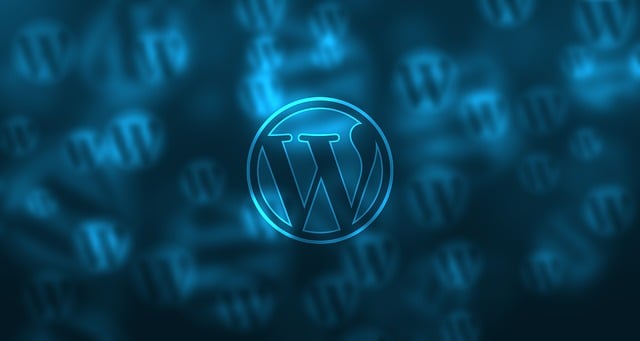
Maintaining a WordPress website isn’t just about updating plugins and themes; it’s an essential practice for any online presence built on this powerful platform. It involves a holistic approach to keeping your site secure, fast, and visually appealing. This includes regular backups, crucial for recovering data in case of unforeseen events, and security measures to protect against malicious threats.
WordPress design, while often the focus when creating a site, requires ongoing attention. Keeping themes and plugins up-to-date not only ensures compatibility but also incorporates new features and security patches. A well-maintained website is more than just functional; it enhances user experience through optimized loading speeds, mobile responsiveness, and consistent branding, ultimately contributing to better search engine rankings and increased engagement.
Why Regular Updates Are Essential for WordPress Sites

Regular updates play a pivotal role in maintaining the integrity and security of any WordPress site. The platform releases updates to fix vulnerabilities, improve functionality, and enhance performance, ensuring your website remains robust and safe from potential threats. Outdated WordPress sites are more susceptible to hacking attempts, as developers often identify and patch security loopholes in subsequent versions.
Moreover, keeping WordPress, themes, and plugins up-to-date guarantees compatibility with the latest standards and technologies, fostering a seamless user experience. Regular updates also contribute to your website’s longevity, allowing it to keep pace with evolving design trends in WordPress design, thereby enhancing its aesthetic appeal and functionality over time.
Securing Your WordPress Site: Best Practices

Securing a WordPress site is an essential aspect of website maintenance that often gets overlooked. With thousands of themes and plugins available, WordPress sites can be vulnerable to hackers if not properly secured. Best practices include keeping all software up to date, using strong passwords, and enabling two-factor authentication for added security. Regular backups are crucial; in case of a breach, you can quickly restore your site without losing critical data or content.
Additionally, implementing security plugins designed specifically for WordPress can fortify your site against common threats. These tools often offer features like malware scanning, firewall protection, and login activity monitoring. A secure WordPress design not only safeguards your site but also enhances user trust, ensuring visitors feel confident interacting with your online platform.
Optimizing Performance: Speed and Efficiency Tips
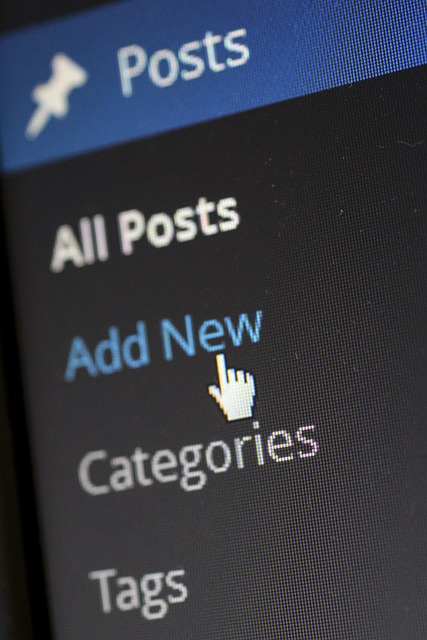
Optimizing your WordPress website’s performance is crucial for providing a seamless user experience, especially with fast-loading pages becoming an SEO essential. A well-optimized site ensures visitors stay engaged and encourages them to explore more. Start by minimizing HTTP requests; combining and compressing CSS and JavaScript files can significantly reduce loading times. Leverage browser caching to serve static assets faster, enhancing overall speed. WordPress themes designed with efficiency in mind can also make a world of difference.
Additionally, enabling image compression and using content delivery networks (CDNs) can further boost your site’s speed. Regularly updating plugins and core files is vital for performance, as outdated versions may lead to compatibility issues and slowdowns. These strategies not only enhance the user experience but also contribute to better search engine rankings, making it a win-win for any WordPress website owner.
Backups: The Unsung Hero of WordPress Maintenance
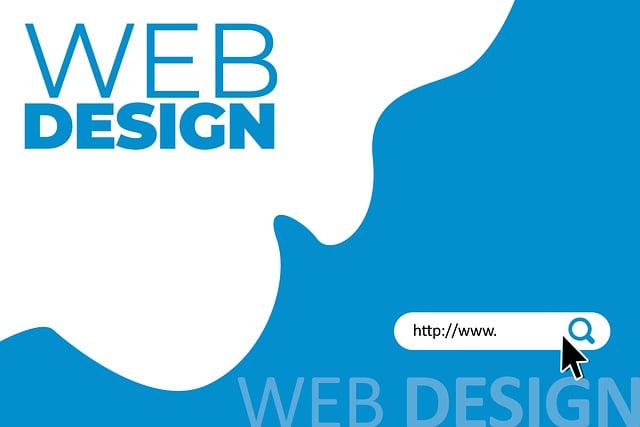
In the realm of WordPress design and maintenance, backups often take a back seat to more visually appealing or interactive aspects. However, they are the unsung heroes that safeguard your site from potential disasters. Regular backups ensure that your content, themes, and plugins can be restored in case of malware attacks, accidental deletions, or even server crashes. This preventive measure is crucial for maintaining continuity and ensuring your website remains operational.
Without proper backups, the process of recovering a WordPress site can be laborious and time-consuming. By integrating backup solutions into your maintenance routine, you gain peace of mind and the freedom to experiment with design updates or new features without fearing irreversible loss. Effective backups are an essential component of a robust WordPress maintenance strategy, ensuring that your digital creation remains a vibrant and secure online presence.
Content Management: Keeping Your Site Fresh and Engaging

Content management is a crucial aspect of WordPress website maintenance, ensuring your site remains fresh and engaging for visitors. WordPress offers an intuitive content management system (CMS) that allows easy creation, editing, and publishing of content. With this powerful tool, you can effortlessly update blog posts, add new pages, and manage media files, all without requiring extensive technical knowledge. Regularly updating content keeps your audience interested and search engines favouring your site.
A well-maintained WordPress site boasts a dynamic and ever-evolving design that aligns with the latest trends. By keeping your content current, you not only attract returning visitors but also encourage new ones through fresh, relevant information. Whether it’s integrating multimedia elements or optimising for mobile users, a vibrant WordPress design captures the essence of your brand and enhances user experience, ultimately driving engagement and converting visitors into loyal followers.
Plugin Management: Benefits and Drawbacks
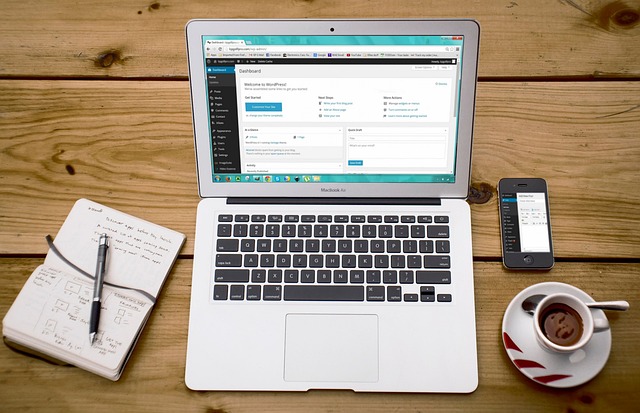
Plugin management is a crucial aspect of WordPress website maintenance, offering both advantages and potential challenges. One of the key benefits is the ability to enhance WordPress design with specialized tools. Plugins can add advanced features like contact forms, SEO optimization tools, security measures, and e-commerce functionality, transforming a basic site into a dynamic web presence. They provide a flexible way to customize and expand the capabilities of a WordPress site without extensive coding knowledge.
However, managing plugins also requires careful consideration. An overabundance of plugins can slow down website performance, affecting user experience. Additionally, outdated or incompatible plugins might introduce security vulnerabilities. Therefore, regular plugin updates, careful selection based on specific needs, and occasional deletions are essential practices to maintain a secure and efficient WordPress site.
User Role and Permissions: Ensuring Secure Access
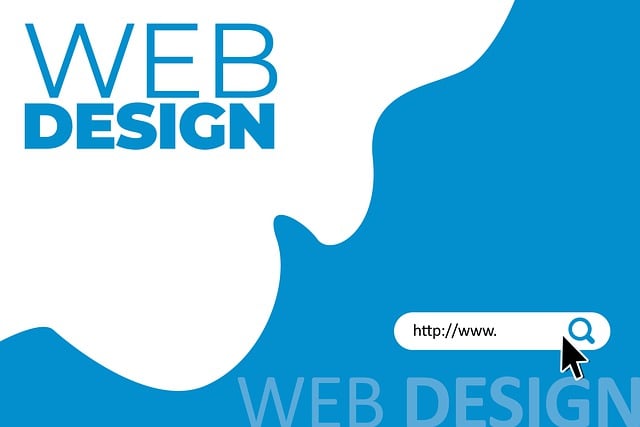
In a WordPress website, managing user roles and permissions is an essential aspect of maintaining security and control over various functions. Each user, be it an administrator, editor, contributor, or subscriber, should have access tailored to their responsibilities within the site. This granular approach ensures that sensitive areas of the WordPress design are protected from unauthorized changes or breaches. For instance, administrators should have full permissions to manage content, users, and settings, while contributors may only need access to create and edit posts.
By assigning specific roles and permissions, website owners can prevent accidental or malicious alterations to their WordPress design and content. It also fosters a collaborative environment where users can contribute effectively without compromising the site’s integrity. This strategic management of user access is a robust security measure that keeps your WordPress website safe and ensures everyone operates within their designated capabilities.
